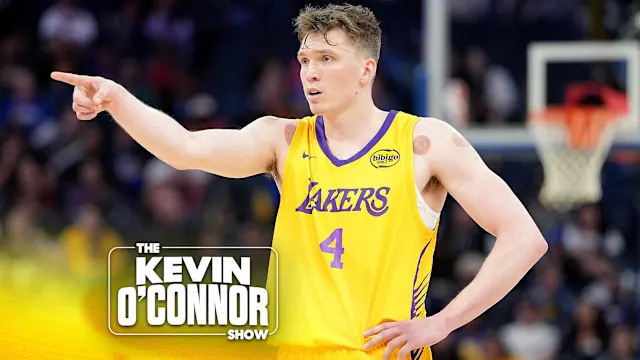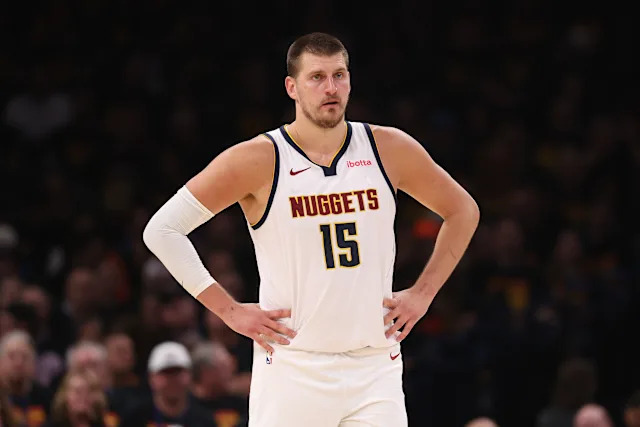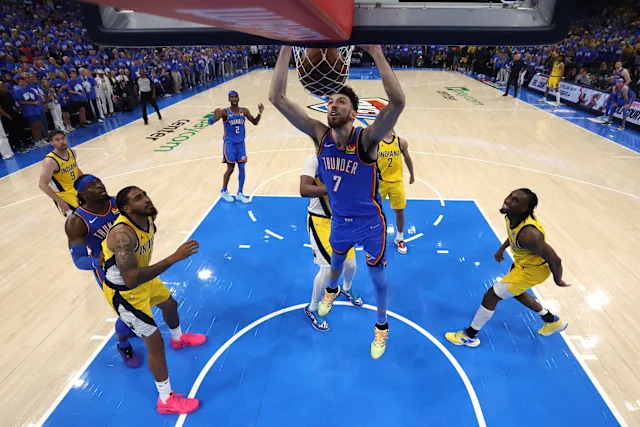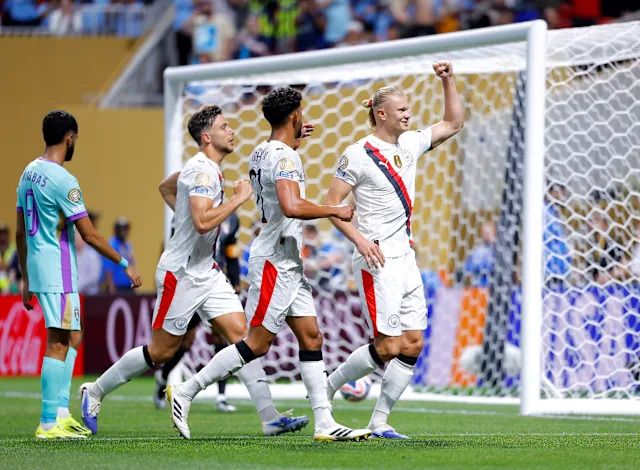Indianapolis, IN – The Pacers find themselves in a precarious position as they prepare for Game 6 against the Knicks on Saturday night at 8 p.m. ET at Gainbridge Fieldhouse. The Knicks have adopted a new tactic from the Pacers’ playbook, applying defensive pressure on Tyrese Haliburton in the backcourt, and it has proven to be a successful strategy so far. In Game 5, the Knicks' head coach Tom Thibodeau made a tactical adjustment that didn't shock Haliburton, who has faced similar defensive attention throughout his career in Indiana. "We’re up 3-1. Their season’s on the line," Haliburton said after the Knicks’ 111-94 win in Game 5. "So we understand they’re going to come out and play hard, increase their pressure, and do whatever they’ve got to do to win." The Knicks' defensive strategy was a success, as Haliburton finished with just eight points on seven field-goal attempts, his second-fewest of the postseason and his 13th single-digit game of the season. He logged only nine drives to the basket, leading to just two baskets, one drawn foul, and zero assists. A lot of credit for Haliburton’s quieter performance belongs to Mikal Bridges, who turned in his strongest defensive game of the series with a fight-to-win-every-possession approach. Bridges shadowed Haliburton with more physicality, intention, and presence than he had managed through the first four games. "Mikal did a great job," Knicks forward Josh Hart said. "We’re asking a lot from ‘Kal. He’s picking him up, running around with him. Tyrese is someone who never really stops moving. He’ll bring the ball down, he’ll hit, he’ll run off of it, he’ll get the [ball] back, he’ll throw it back to the big, he’ll run back. ‘Kal did a great job today trying to be physical, trying to be on his body and not give him anything easy.” The Knicks' defensive strategy was further enhanced by the more attentive positioning of big men Mitchell Robinson and Karl-Anthony Towns, loading into the gaps to stop the ball and prevent Haliburton from consistently touching the paint. Better communication behind the play by New York’s help defenders also contributed to their success. Part of the problem for Haliburton stemmed from the Knicks' evolving understanding of the logic by which the Pacers' particular machine operates. As soon as Haliburton saw Bridges picking him up full-court, he did what his classic, natural, pure point guard brain understood to be the next right thing: getting off the ball early and trying to leverage Bridges' one-on-one face-guarding coverage by moving out of the play. However, in this specific matchup and at this specific stage of it, pulling the right levers might be a little trickier. The Pacers' response in Game 6 will likely determine whether Indiana clinches its first NBA Finals berth since 2000 or finds itself boarding a plane bound for New York to face Game 7 at Madison Square Garden on Monday. The stakes are high for both teams, and it will be interesting to see how they approach this crucial game.
The Knicks' defensive shift in Game 5 signals a newfound intensity, raising the bar for them to maintain that relentless pressure throughout tomorrow night’s crucial contest. Can they close out strong and force elimination on their opponents?
The New York Knicks' defensive shifts in Game 5 showed potential for sustained pressure. Can they maintain this intensity and cohesion to outshine their opponents on Thursday night, furthering the series lead?
New York Knicks' defensive shift in Game 5 shows potential for maintaining pressure throughout thesixth game too, with their relentless effort and quick reaction remaining key to disrupting opponent flow.
The mid-game Defensive Shift of the Knicks proves to be a gamechanger, holding their opponents scoreless throughout almost four quarters in Game 6. Will this newfound resilience carry them over success's edge?
With the defensive shift江区 Ford and Miller consistently applying relentless pressure, will New York's Knicks be able to maintain their high-pressure defense in Game 6 of this season? The stage is set for a battle that could turn momentum entirely.
In Game 6, will the New York Knicks' defensive shift strategy pay off with relentless pressure that forces their opponents into costly errors?
The Knicks' defensive shift in Game 5 proved promising, but can they sustain the intense pressure and translate it into another dominant performance to force a decisive Game 6? The stakes are high as New York looks for its first playoff series win since '94.











